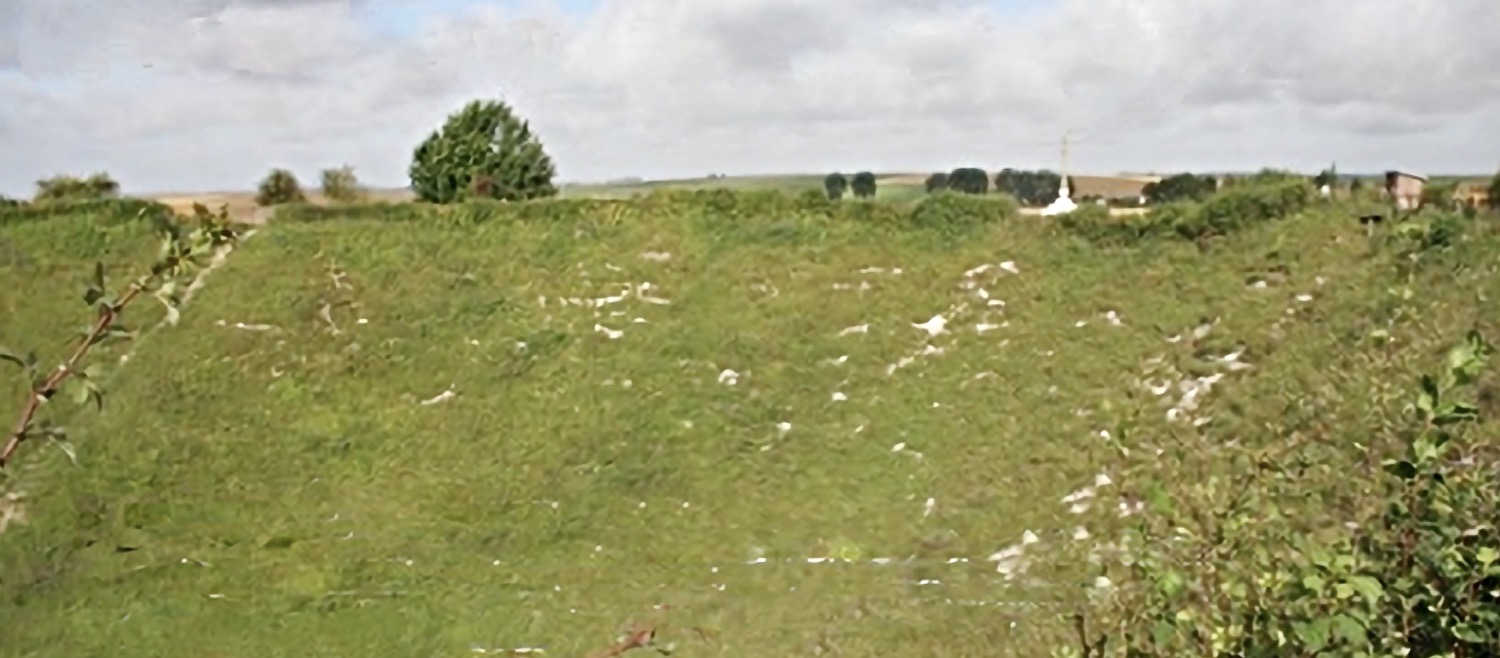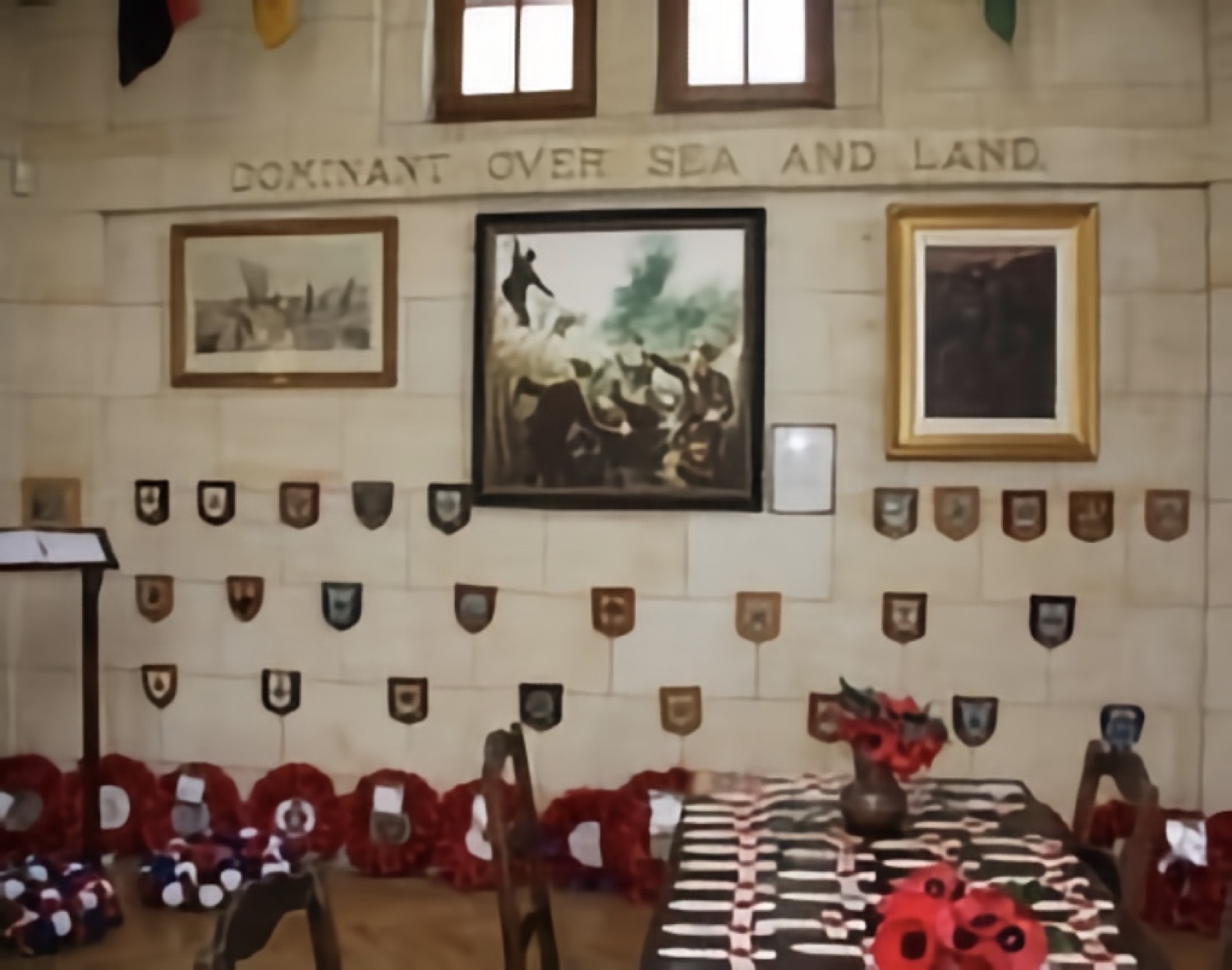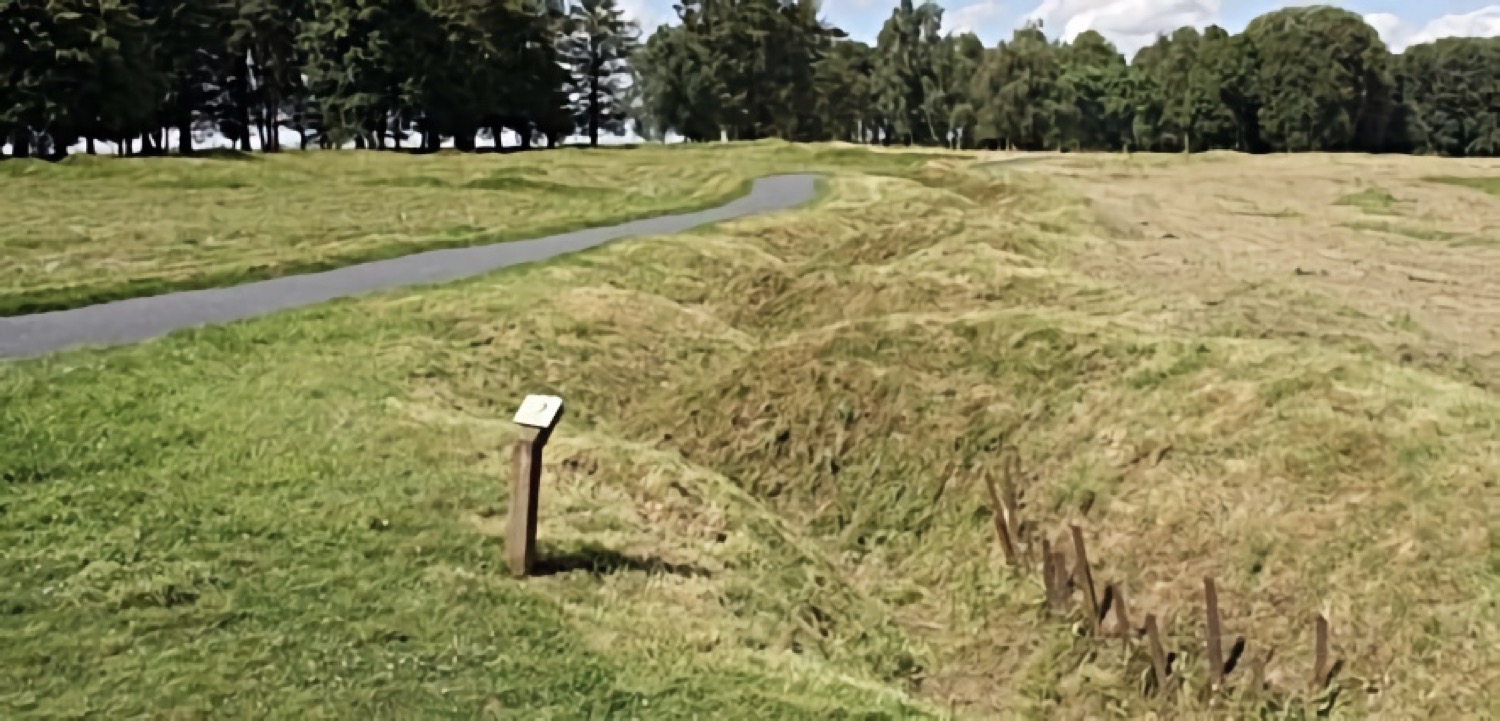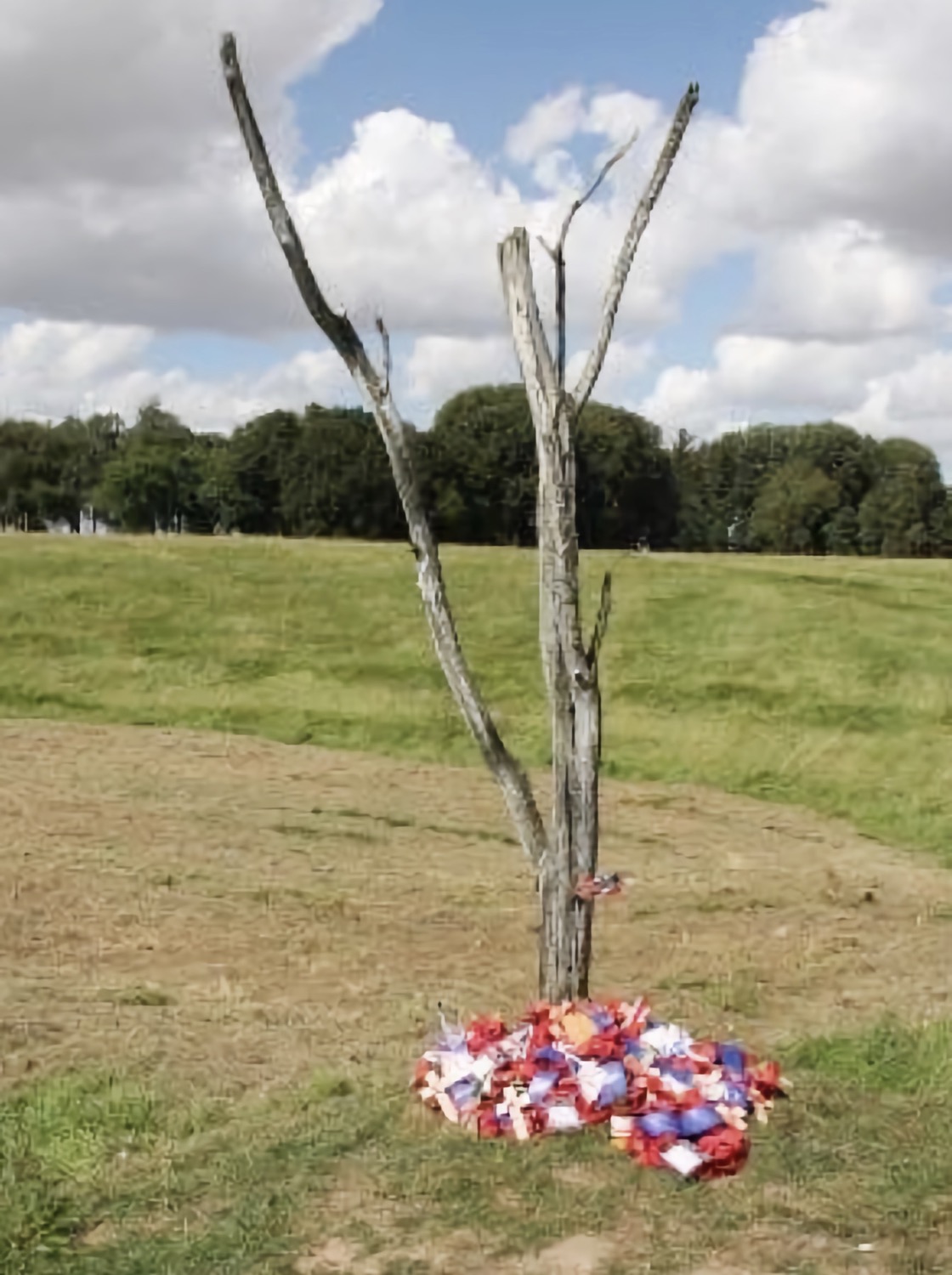The Somme, a moving experience
2016 was the 100th anniversary of the battle of the Somme, we decided to make a stop at Albert on our way south.
John & Jan Geeson
John & Jan Geeson

La Boiselle: It was on 1st July 1916 at 0730 several mines were exploded on the German front lines initiating the start of the battle. It was here, at La Boiselle, that one of the biggest mines was exploded. The Lochnagar crater (above) 91 meters in diameter and 21 meters deep is the only crater accessible to the public, it is preserved in perpetuity as a lasting memorial and each year on 1st July memorial services are held.
Thiepval: Was a significant position during the war and was fortified by the Germans. The battle to retake Thiepval began on 1st July at 0730 when 100,000 inexperienced soldiers went over the top but were quickly hit by machine gun fire. At the end of the day 60,000 British soldiers became casualties, with 12,372 killed. The first day of the battle of the Somme was a failure, a disaster for the British Army and is known as "The worst day in British Military History"
The Thiepval Memorial The Memorial to the Missing of the Somme is the largest Commonwealth war memorial in the world and bears the names of 72,000 men of the UK and South Africa who died on the Somme and have no known grave. From 1st July 2016 and for 141 days (the length of the battle) commemorative services were held each day at noon. On the day we visited the Brunswick accordion band from Mourne NI, consisting mainly of teenagers, were in attendance, en route for the Menin Gate to perform a piece of music "The Men of Mourne", written especially for the Somme celebrations. They played this at Thiepval and not a dry eye was present, an extremely moving piece, from here they marched to the Ulster Tower.
Thiepval: Was a significant position during the war and was fortified by the Germans. The battle to retake Thiepval began on 1st July at 0730 when 100,000 inexperienced soldiers went over the top but were quickly hit by machine gun fire. At the end of the day 60,000 British soldiers became casualties, with 12,372 killed. The first day of the battle of the Somme was a failure, a disaster for the British Army and is known as "The worst day in British Military History"
The Thiepval Memorial The Memorial to the Missing of the Somme is the largest Commonwealth war memorial in the world and bears the names of 72,000 men of the UK and South Africa who died on the Somme and have no known grave. From 1st July 2016 and for 141 days (the length of the battle) commemorative services were held each day at noon. On the day we visited the Brunswick accordion band from Mourne NI, consisting mainly of teenagers, were in attendance, en route for the Menin Gate to perform a piece of music "The Men of Mourne", written especially for the Somme celebrations. They played this at Thiepval and not a dry eye was present, an extremely moving piece, from here they marched to the Ulster Tower.

The Ulster Tower The memorial stands on the ground where the men of Ulster fought and died. The 36th Ulster Regiment suffered over 5,000 casualties on 1st July 1916, one in four were killed, injured or taken prisoner. There is a small museum in the tower and a café serving light snacks, the chocolate muffins are particularly good.



